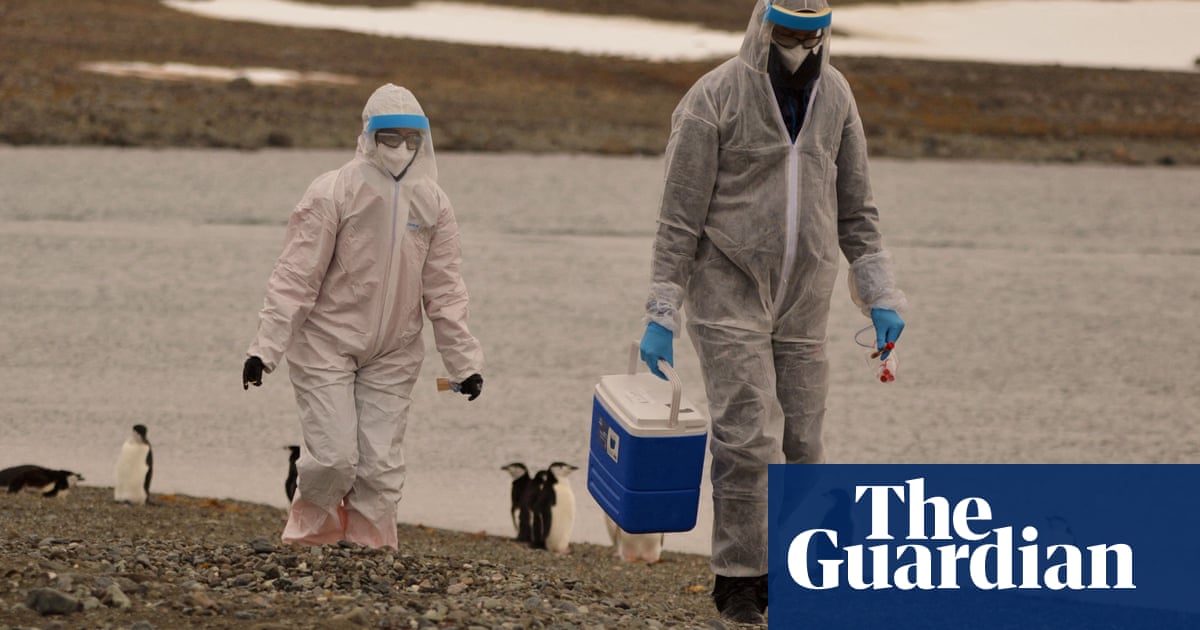Last week, the US Department of Agriculture announced that traces of bird flu were found in around one in five samples of commercial milk in the US.
33 dairy herds in eight US states had cases of H5N1 - a subtype of the bird flu virus.
Quoted by New Scientist, Donald Prater of the Food and Drug Administration (FDA) said that "it is important to stress that this does not mean that the samples contain intact, infectious viruses", as the test method used detects any genetic material, including that of dead viruses.

The US Centers for Disease Control and Prevention (CDC) has also reassured the public that, despite recent cases - even in humans - the risk of contracting bird flu remains low.

However, as the virus spreads among dairy cattle in the US, the country's health authorities - "just in case" - are preparing for the possibility of a new pandemic.
At this stage and as new data emerges, the stance is one of maximum prevention. Controlling the spread of the virus is the main focus.
Ensuring the safety of the milk supply is another concern. Although the vast majority of milk sold is pasteurized, the effectiveness of pasteurization against H5N1 has never been evaluated.
Vaccination (if needed) will come in time
As New Scientist reveals, there are already two vaccines against H5N1 in good standing - with initial tests indicating efficacy.
The Administration for Strategic Preparedness and Response (ASPR) has revealed that it already has "hundreds of thousands of vaccines" prepared against H5N1 which, in the event of an emergency, can be quickly distributed.
In addition, the organization guarantees that it has contracts with manufacturers and enough material to produce another 10 million doses, "or more if necessary".
Despite admitting that vaccination is not a necessary tool at the moment, ASPR's David Boucher says that the US is prepared should the scenario suddenly change: "If we need to pull any of these levers, we're ready to do it."






